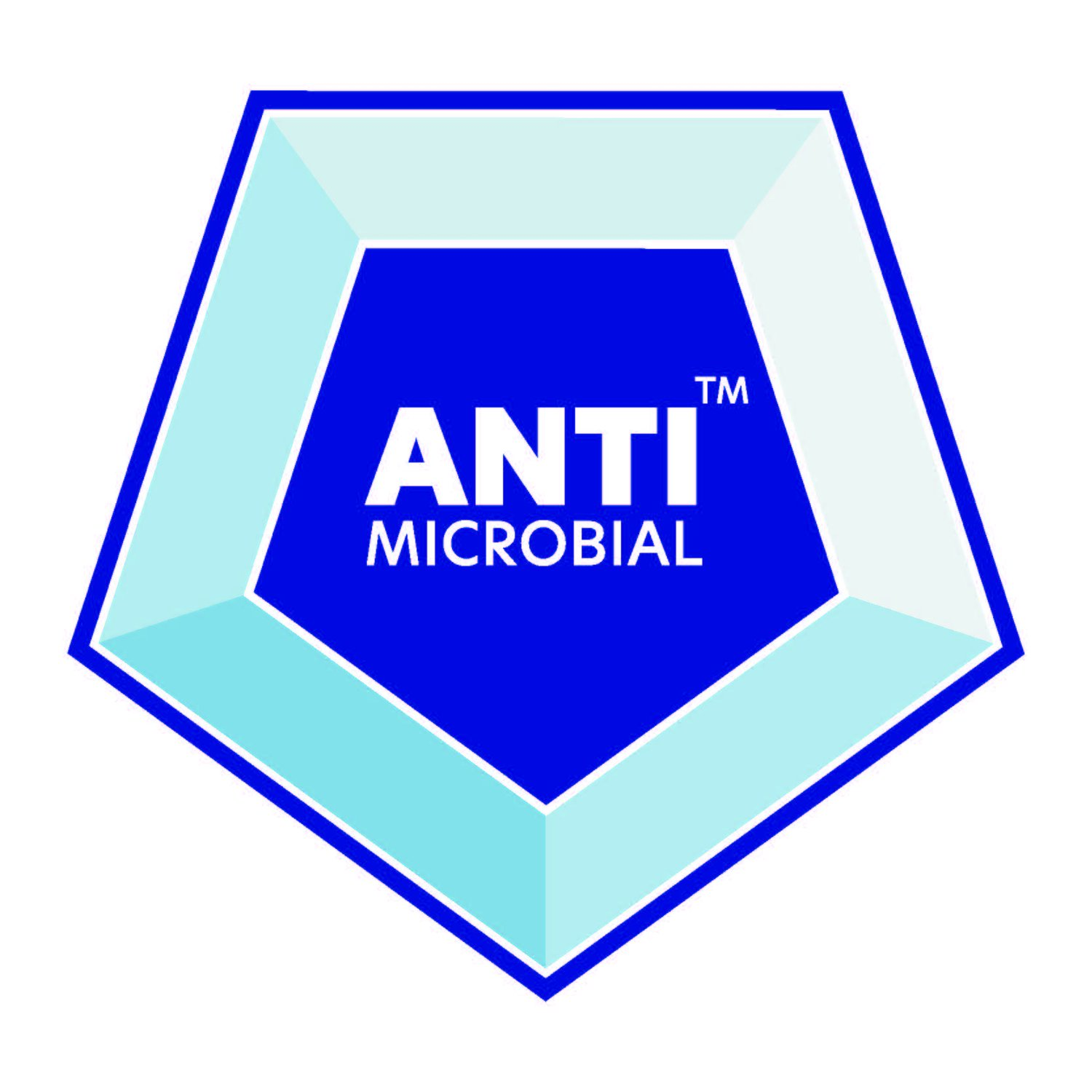The subject of healthcare-associated infection (HAI) has at no point over the last several decades been far from newspaper headlines. Nor has it been far from the infection-fighting-promises of politicians.
Incentives to reduce rates have of course met with some success, with rates of C. difficile and MRSA now finally falling. And yet, with the most recent data suggesting HAIs are still responsible for an estimated 5,000 UK deaths each year and acquired by 6.4% of hospital patients, and E. coli and salmonella now on the rise clearly regular, thorough hand-washing incentives and swabbing patients to test for infection as they’re admitted, is not quite working.
Which is why some are arguing for another, invisible and so largely unheard of, measure to be more consistently deployed. This measure is in fact one which has been around in some healthcare settings, and indeed in domestic and other public settings, for as long as ten years. Once applied it comes in many forms. Walls, light switches, pull cords, patient notes, uniforms, floors, bed frames- all can help minimise the spread of bacteria and viruses through the application of an antimicrobial coating.
With more suppliers of this type of coating now springing up, the science varies from coating to coating. But all claim the additive can be added to a product’s standard finish for negligible cost. And all claim to eradicate, over a several-hour or day-long period, up to 99.999% of a wide range of bacteria, viruses and fungi.
Studies carried out into use of antimicrobial coatings in the healthcare environments certainly back these claims up. A pilot study undertaken by Birmingham Heartlands NHS Trust in 2008 found coating items in a ward reduced bacterial contamination by 95.8% compared to one with no coated items.
“The studies that have been carried out have shown that the difference between treated and untreated areas is extensive,” says environmental health practitioner and commentator on BBC Watchdog and Rogue Restaurants Lisa Ackerley. “And the good thing is the bacteria won’t become resistant and there’s no risks associated with the coatings. These coatings are so cheap that really it’s a no brainer.”
The problem, say those advocating the coatings and why many will be surprised to hear of their existence, is the perennial one of lack of joined-up NHS thinking. This year is shaping up to be something of a watershed moment for antimicrobial coatings in general, with plans to add these to the new polymer bank notes, on meat packaging at major supermarket chains, and even more widely than currently on magazines, leaflets and textiles. But the NHS remains the toughest sell, with use varying wildly between different trusts and so some hospitals boasting a wide range of coated items and others none at all.
“You could go to a hospital in London and then go to the next geographical hospital and find different products,” says Paul Morris, managing director at Addmaster, the suppliers of silver-based anti microbial Biomaster.
He explains that currently the merits of new products all have to be assessed on an individual basis by each trust: “You find the trusts don’t want to listen to one another. I went to a trust in the North West and the chair’s exact words were: ‘We are just so busy trying to do everything the government’s told us to do to fight MRSA, we haven’t got time to look at new products.’”
Morris adds that even trusts receptive to the coating often don’t roll this out on all products and surfaces as fast as might be expected. “The rate with which items are introduced hasn’t gotten any faster over the ten years, it’s always difficult. They never say ‘yes we want all these types of products.’”
Derek Adams, development manager at silver-based antimicrobial producer N9, a company so far successful in selling into private but not public healthcare settings, adds: “I believe the barriers getting N9 on light-switches, door handles etc. are to do with the way it would raise awareness that unprotected items need to be replaced. It’s not about the cost of new ones which would be very little, but having to replace everything would be expensive. Just as when companies introduce ‘new and improved’ products, the implication is that the old one was inferior.”
This could be seen as an alarming state of affairs considering the coatings’ potential. Certainly environmental health expert Ackerley thinks, though hand washing should still be rigorously enforced, it “would be very useful to put them everywhere.”
Rob Gros, chief executive at Chemical Intelligence, the company behind antimicrobial additive Bioseal, sums up the situation thus: “Most HAIs aren’t lethal, but result in an increased length of hospital stay and significantly increased healthcare costs. These additional costs are estimated to be £1 Billion for the NHS per year.”
Antimicrobial coatings could, then, be an infection-fighting ally NHS trusts can ill afford to overlook.
